VANILLA: A FLAVORFUL AND AROMATIC JOURNEY
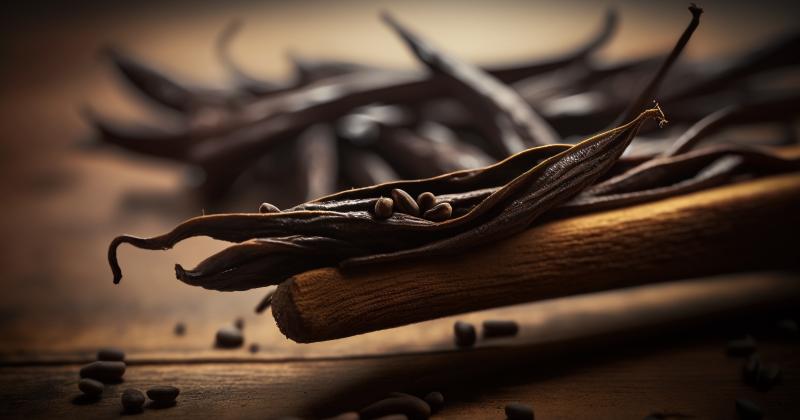 />
/>
Vanilla was first cultivated by the Totonac people of Mexico. The Aztecs later acquired vanilla when they conquered the Totonacs in the 15th century, using it to flavor their chocolate drink, xocolatl. Europeans were introduced to vanilla in the 16th century after Spanish conquest. Initially, it was a luxury item, but with modern cultivation methods, it has become more widely available. read more ›
LABLAB BEAN: A NUTRITIONAL AND BOTANICAL PROFILE
 />
/>
The Lablab bean, with its rich history and nutritional profile, stands out as a versatile and healthful legume. While it offers a range of nutrients beneficial for overall health, it is important to consume it as part of a varied and balanced diet. read more ›
RASPBERRY ESSENTIALS: THE WORLD OF RUBUS IDAEUS
 />
/>
Raspberries are a rich source of various nutrients and phytochemicals. They contain essential vitamins such as Vitamin C, Vitamin E, and folic acid. Minerals like potassium, magnesium, and calcium are also present in significant amounts. read more ›
HERBAL TERRA 2024: SAVE 25%!
 />
/>
To express our gratitude, we're excited to present a special New Year's gift: enjoy a 25% discount on your purchases! Redeem this offer with the code HAPPY2024 at the time of checkout. read more ›
HERBAL TERRA'S CHRISTMAS JOY!
 />
/>
As the festive season unfolds, we at Herbal Terra LLC are filled with gratitude for your trust and support throughout the year. To express our deepest appreciation and to join in the holiday spirit, we're thrilled to present a special Christmas gift just for you! read more ›
QUASSIA AMARA: BOTANY, HISTORY, AND TRADITIONAL INSIGHTS
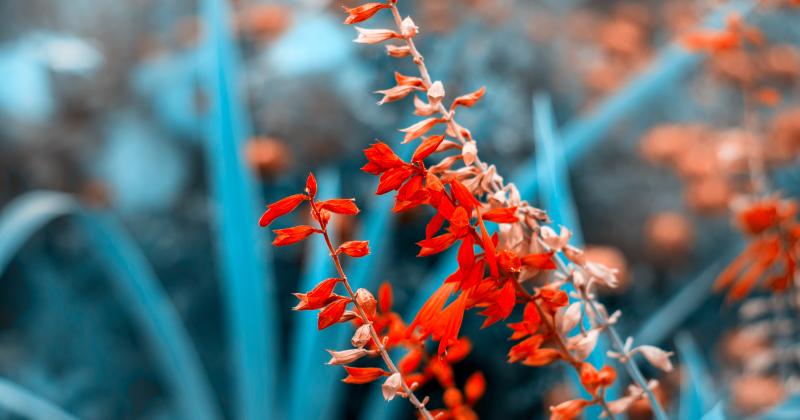 />
/>
Quassia Amara, commonly known as Quassia, is a plant noted for its distinctive botanical features. It belongs to the family Simaroubaceae and is native to the Caribbean and parts of South America. This small tree or shrub typically grows to a height of about 3 meters. read more ›
AGRIMONY: EXPLORING NATURE'S HERBAL TREASURE TROVE
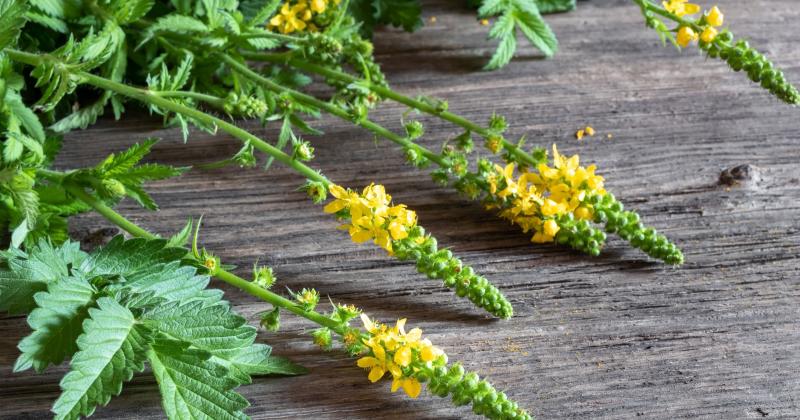 />
/>
Agrimony has a long and storied history of medicinal use dating back to ancient times. It was highly regarded by the ancient Greeks and Romans, who used it for various health purposes. In medieval Europe, it was a staple in the herbal pharmacopeia and was often referred to as "St. John's herb" or "church steeples" due to its use in herbal remedies during the Feast of St. John. Agrimony was believed to have protective and healing properties, and it was hung in homes to ward off negative energy and illnesses. read more ›
HAPPY THANKSGIVING DAY 2023!
 />
/>
To show our appreciation, we are thrilled to offer you an exclusive Thanksgiving Day discount of 25% off on all your favorite herbal remedies and wellness products. This special offer is valid from November 23, 2023, to November 28, 2023, (HI Standard Time). read more ›
BITTER ORANGE: EXPLORING THE ENIGMATIC CITRUS
 />
/>
Bitter Orange has a rich historical background, dating back centuries. It is believed to have been introduced to Europe by Arabian traders during the Middle Ages. The fruit quickly gained popularity for its culinary and medicinal uses. Bitter Orange was also a symbol of good fortune and prosperity in various cultures. In addition to its culinary contributions, the fruit's essential oil has found applications in perfumery, adding a zesty and refreshing note to fragrances. read more ›
RED HENNA: A NATURAL WONDER WITH A RICH HISTORY
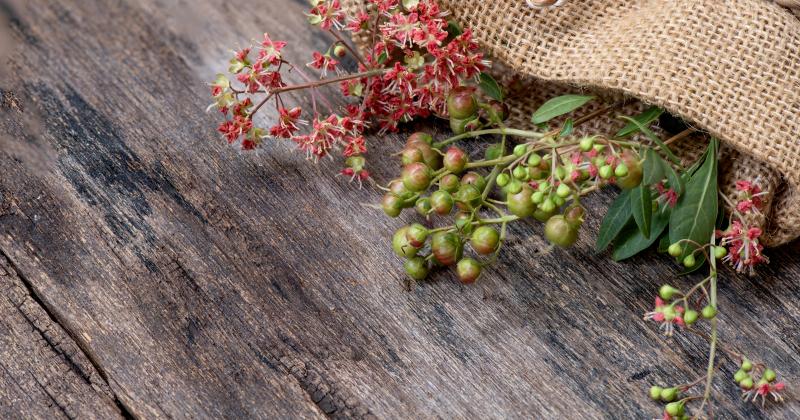 />
/>
Red Henna has a rich historical and cultural significance dating back thousands of years. It has been used in various cultures for body art, hair dyeing, and traditional ceremonies. In ancient Egypt, henna was used to adorn the bodies of pharaohs and Egyptian women. It has also played a prominent role in Indian weddings and festivals, where intricate henna designs are applied to the hands and feet of brides and celebrants. read more ›
DOGWOOD: A DELICATE BEAUTY WITH REMARKABLE QUALITIES
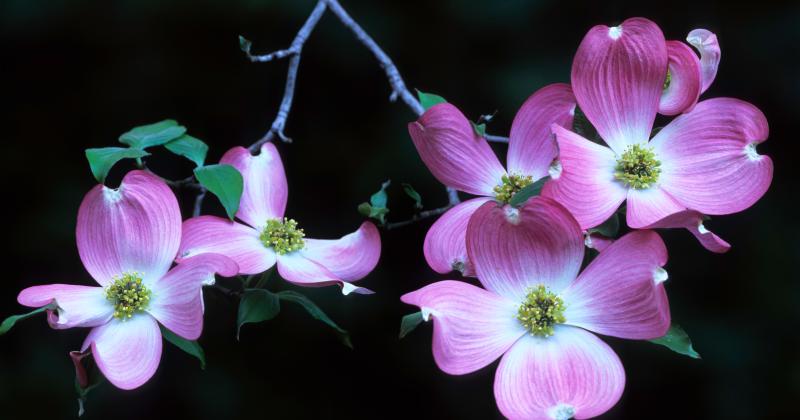 />
/>
Dogwood (Cornus florida) belongs to the Cornaceae family. It is a deciduous tree that can grow to a height of 15 to 30 feet, displaying a broadly pyramidal shape. The distinctive feature of the dogwood is its striking white or pink flowers, which appear in early spring before the leaves emerge. These flowers are actually bracts, modified leaves that surround the true flowers, which are small and inconspicuous. read more ›
TRIBULUS: NATURE'S POTENT HERB FOR VITALITY
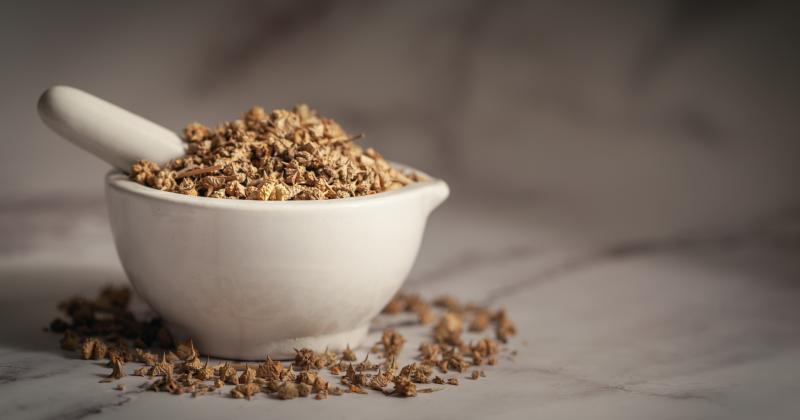 />
/>
Tribulus terrestris is a hardy, low-growing plant that belongs to the Zygophyllaceae family. It is typically found in warm and arid regions across the world, including parts of Europe, Asia, Africa, and the Americas. The plant's most distinctive feature is its spiky, flat fruit that is covered in sharp thorns. These thorns earned the plant its nickname "puncture vine" because they can puncture bicycle tires and the feet of unsuspecting passersby. read more ›
TONKA: NATURE'S FRAGRANT JEWEL
 />
/>
Tonka trees are renowned for their impressive size, often reaching up to 100 feet in height. They feature tall trunks with dark brown bark and lush, vibrant foliage. The leaves are pinnately compound and glossy, with a deep green color. The tree produces small, fragrant, and delicate white flowers with a subtle hint of purple. These flowers eventually give way to the star of the show—the Tonka bean. read more ›
TARRAGON: A CULINARY HERB WITH A WEALTH OF TRADITION AND FLAVOR
 />
/>
The use of tarragon dates back centuries and is interwoven with a tapestry of folklore and practical application. Believed to have originated in Asia, tarragon found its way to Europe where it became a staple in many cuisines, especially French. It was traditionally used to stimulate the appetite and was a common component in the gardens of monasteries where herbs were cultivated for both seasoning and preservation. read more ›
TEASEL: AN EXPLORATION OF ITS NATURE AND TRADITIONAL USES
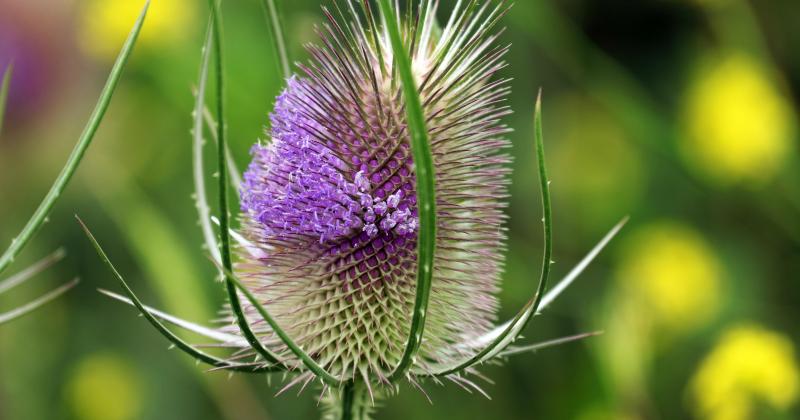 />
/>
Historically, teasel has had a multifaceted role in human activities. The dried heads of the plant were once widely used in textile processing to raise the nap on fabrics, a process known as 'teasing'. This historical use is so significant that it has influenced the common name of the plant. In traditional folk practices, teasel was revered for various purposes, including use in certain rituals and ceremonies. Its role in folklore is often as intriguing as its physical appearance. read more ›
THE FIERY WORLD OF TABASCO PEPPER: A BOTANICAL AND CULTURAL EXPLORATION
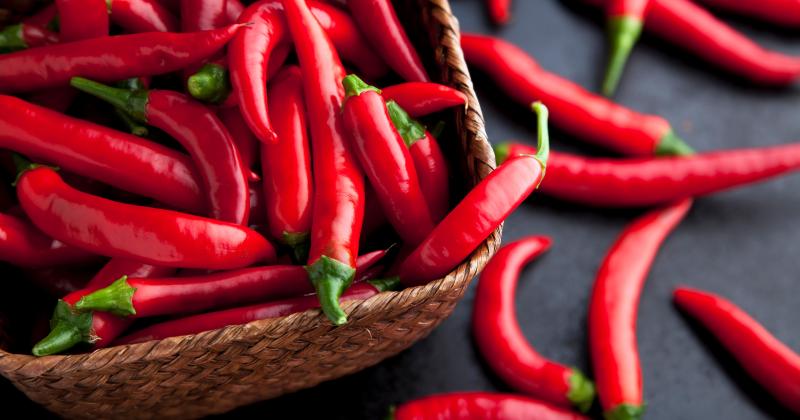 />
/>
While the Tabasco pepper is often celebrated for its zesty flavor, it's also worth noting its general health benefits. The capsaicin in Tabasco peppers can contribute to metabolic health by promoting fat burning and energy expenditure. The high content of vitamin C aids in bolstering the immune system, while vitamin A supports eye health. read more ›
THE SERENE SCENT OF SERENITY: EXPLORING SANDALWOOD
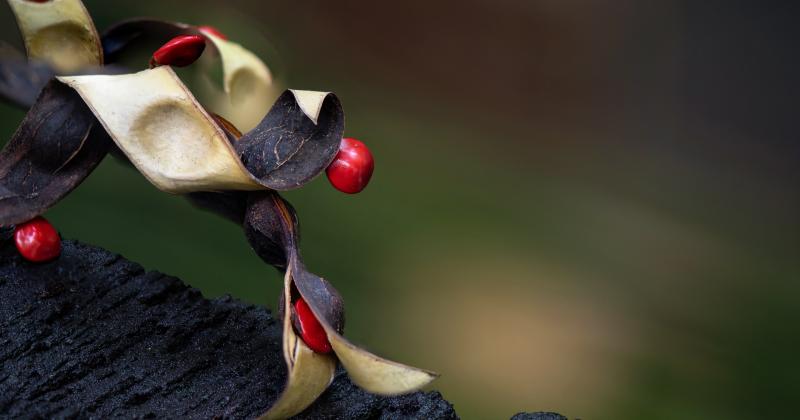 />
/>
The use of sandalwood extends into the domain of wellness, where its aromatic properties are believed to promote mental clarity, relaxation, and a sense of inner peace. In aromatherapy, the oil is used to harmonize the senses, potentially aiding in the reduction of stress and the promotion of restful sleep. Its scent is said to be grounding and is often incorporated into meditation and mindfulness practices. read more ›
GOLDEN BLOOMS OF WELLNESS: UNVEILING THE SECRETS OF AVARAM
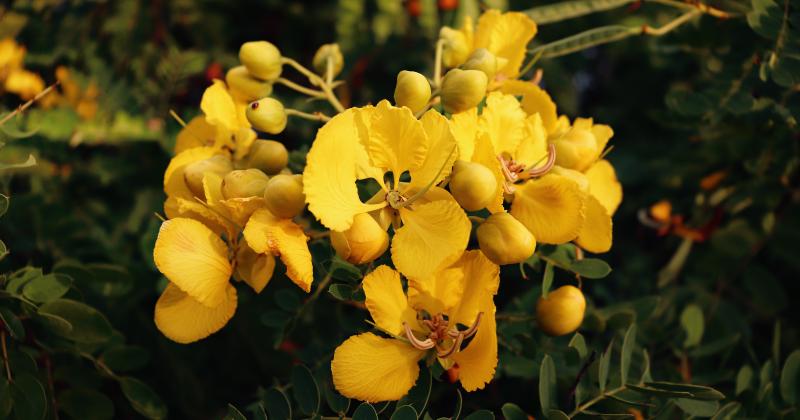 />
/>
Cassia auriculata belongs to the Fabaceae family, a family rich in flowering plants primarily recognized for their pod-bearing fruit. Avaram is a small, shrub-like plant, usually growing to a height of 1-2 meters. The leaves are compound, with oblong leaflets that are smooth on the surface. Its bright yellow flowers, arranged in dense racemes, are one of its most defining features. The plant also bears seed pods which are curved, smooth, and green to brown in color. read more ›
CARALLUMA: A COMPREHENSIVE OVERVIEW
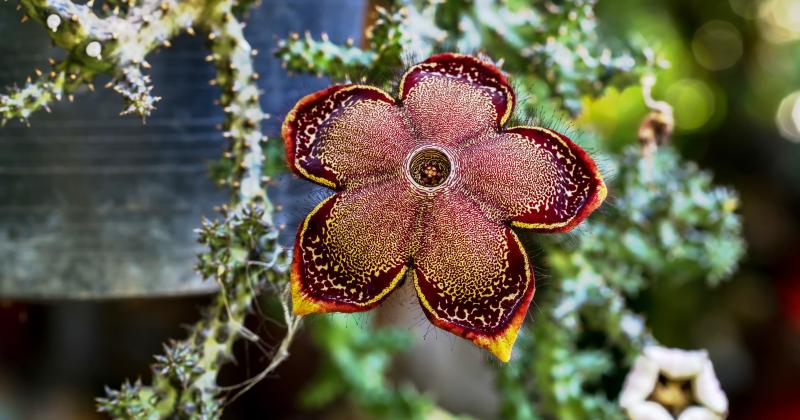 />
/>
Caralluma Adscendens belongs to the family Apocynaceae. This plant primarily thrives in parts of the Arabian Peninsula, India, and Africa. As a succulent, it is uniquely adapted to arid conditions, characterized by its fleshy stems and leaves, which allow it to retain water effectively. read more ›
DAIKON: AN INSIGHT INTO THE VERSATILE RADISH
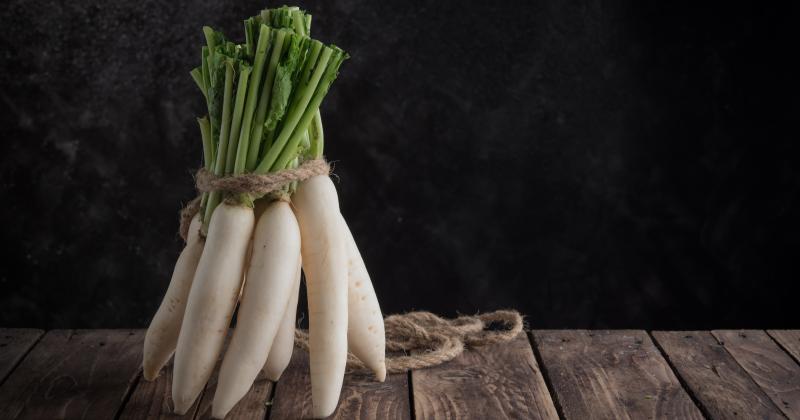 />
/>
Daikon, also known as the white radish or winter radish, is a root vegetable that is native to Southeast and East Asia. Morphologically, daikon boasts a long, cylindrical shape that tapers to a point. Its skin is smooth and ranges in color from white to pale green, while its flesh is crisp, juicy, and stark white. read more ›
